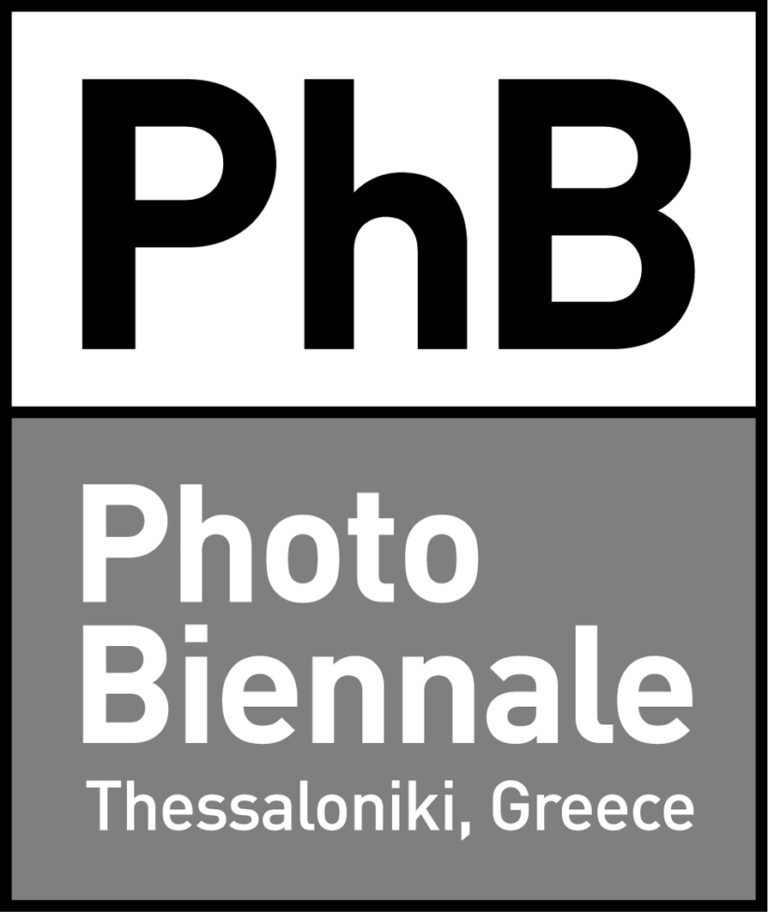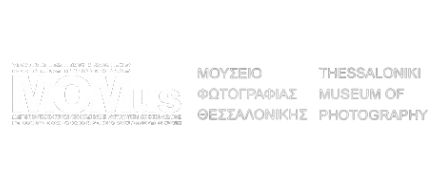Wanõrĩ só Akwẽ Ktabi! This is how the ancients conceived their identity and place in the world: “We are people, real people.” Edgar Corrêa Kanaykõ, I belong to the Xakriabá indigenous people in the State of Minas Gerais. I work freely in the area of audiovisual and Ethnophotography: “a means of recording aspects of culture—the life of a people”. Through the lens, photography becomes a new “tool” of struggle for the indigenous people, enabling the “other” to see what we are through another way of looking. My whole trajectory has always been linked to indigenous communities and school life, participating in the institutions of Differentiated Indigenous Education, established by the 1988 constitution.
Indigenous peoples in Brazil need to defend their territory and ways of life from outside incursions. Although audiovisual apparatus is seen by many in indigenous communities as a “necessary evil”, they also recognise that it is a “weapon” to be used in the struggle to guarantee their rights. Symbols, images, body painting, adornments, ornaments, sounds, songs and musicality are primordial in indigenous culture, but may be difficult to interpret for those who “see” from the outside. But what does it mean for an indigenous community to have a weapon
“borrowed” from the “other” and to gradually (re)appropriate this tool to use it from its own point of view? This is one of the main questions that arise in debates between indigenous filmmakers, communicators and directors.
What I am calling “Ethnovision” is precisely the point of view of our indigenous world, and the world of the “other” seen through the audiovisual “objective”. When filming in a village, a series of negotiations is necessary, since depending on what you want to capture,filming may impact on the relations between humans and non-humans—as, for example, in depicting hunting.
According to the shaman’s point of view, everything has sentience: the countryside, the forests, the animals, various objects. Just as going into the woods to hunt requires having to ask for permission, hunting for images is no different, and these protocols must also be followed. In “Ethnovision”, the different ways that indigenous people perceive the world emerge through the lens of a camera as they learn how to operate it technically, and as they transform it from a threat into a tool or weapon, their ally.



